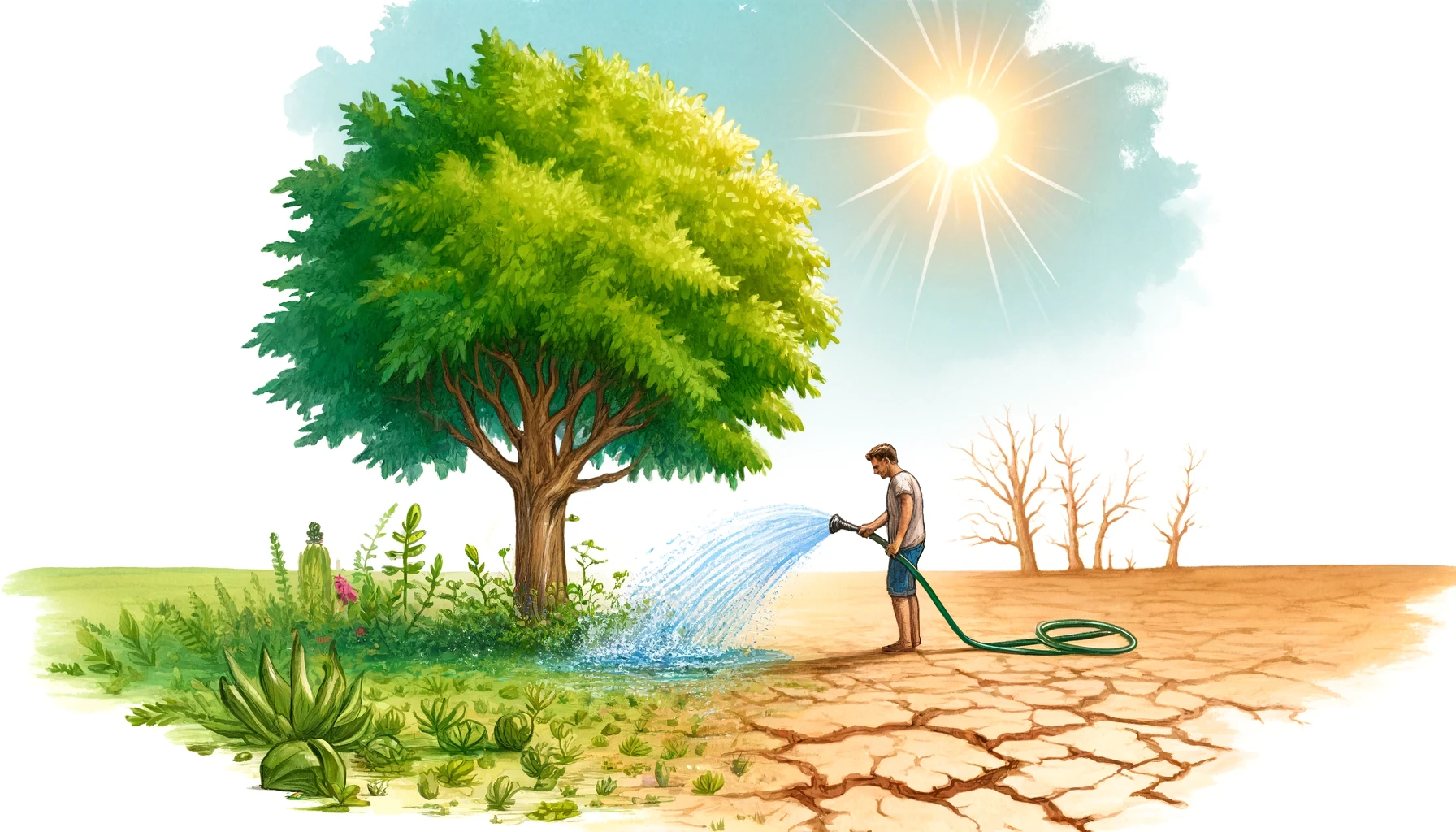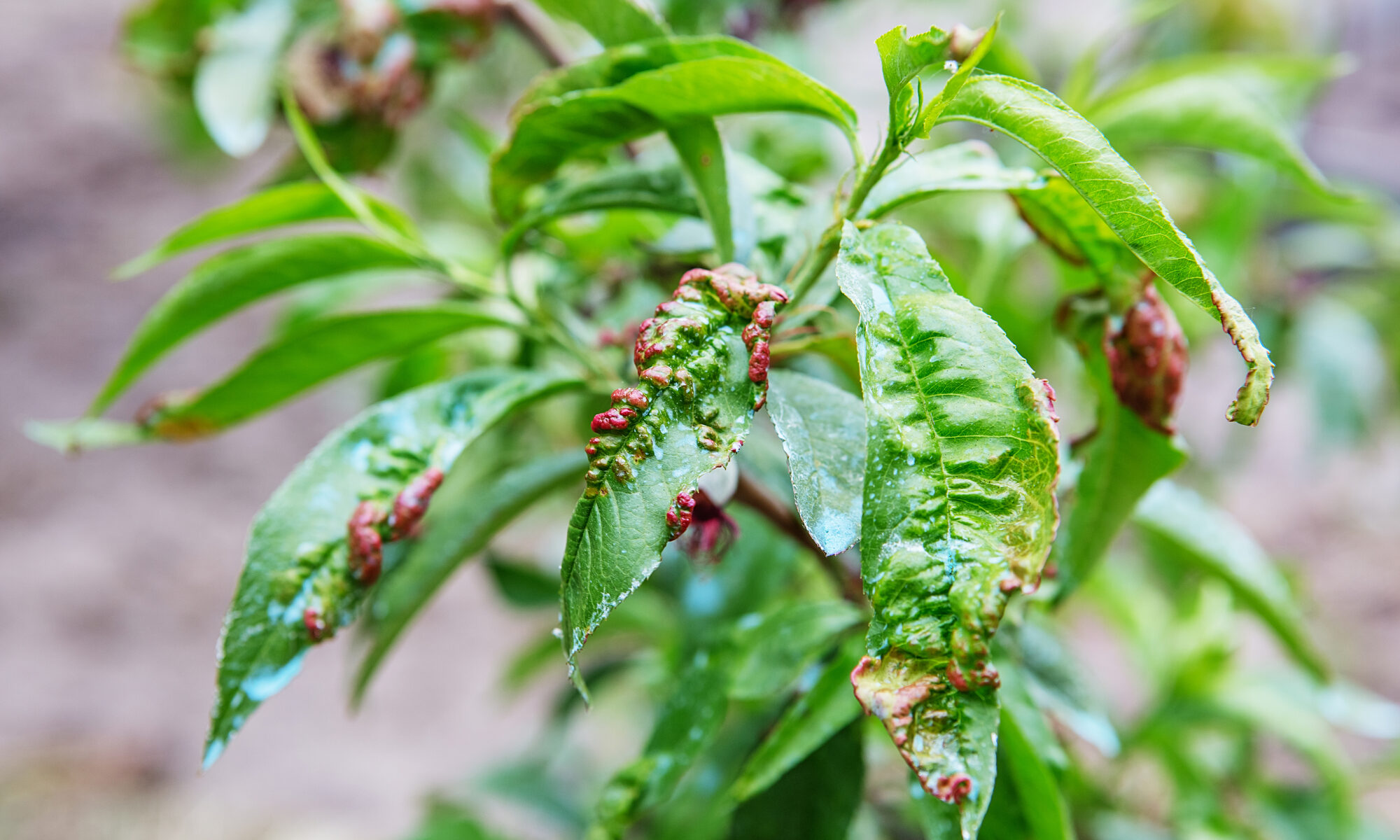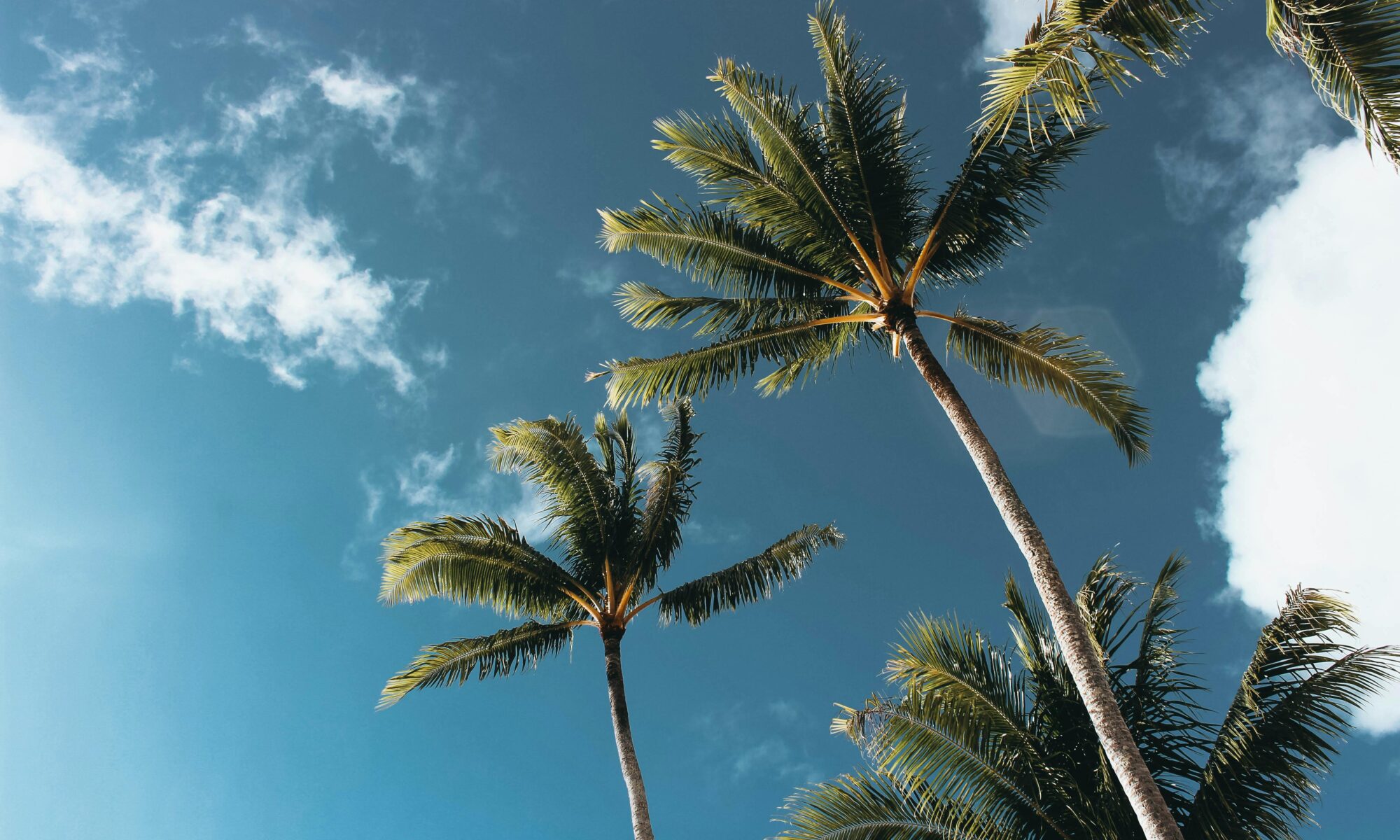Growing your own fruit trees is an incredibly rewarding experience. There’s nothing quite like the satisfaction of picking a ripe apple or plump pear, knowing you nurtured it from blossom to fruit.
However, with delicious fruit comes the challenge of fruit tree protection against critters that want a taste. Just as there’s nothing better than eating a sweet peach from your yard, there’s nothing worse than discovering that all your fruit has been stolen from the tree before it even hit its peak ripeness.
Sharing your harvest with adorable-but-annoying critters like birds and squirrels isn’t exactly ideal. This guide will equip you with the knowledge and techniques to outsmart these unwanted guests and secure your fruitful bounty.
Identify the Bay Area Critters That Threaten Your Fruit Trees
While you nurture your fruit trees, a variety of critters in the Bay Area might be eyeing your harvest. Here’s a look at some common fruit-stealing animals you might encounter:
- Birds (Crows, Jays): These feathered thieves love feasting on ripening fruit, leaving behind pecked and damaged treasures.
- Deer: These elegant grazers can be surprisingly destructive, stripping bark and munching on leaves and fruit.
- Rabbits: With their ever-growing appetites, rabbits can quickly nibble on leaves, young shoots, and even fruit.
- Squirrels: These acrobatic rodents are notorious for climbing trees and snatching fruit, often leaving just a single bite behind.
- Gophers: These tunneling creatures can wreak havoc on your fruit trees by damaging roots with their underground activities.
- Opossums & Raccoons: These nocturnal scavengers can climb and raid your trees, devouring fruit and potentially causing structural damage.
- Rats: These opportunistic feeders won’t hesitate to climb and gnaw on any accessible fruit.
Now that you’re familiar with the potential fruit thieves in your Bay Area backyard, let’s explore some effective strategies to keep them at bay and ensure that your family and friends, not the neighborhood wildlife, are the ones who get to eat your peach harvest this year.
Exclusion Techniques: Keeping Critters Out (Arborist-Recommended)
Arborists, the tree care professionals, recommend several exclusion techniques to safeguard your fruit trees from unwanted guests.
Here’s a look at some effective options:
Physical Barriers
- Tree Guards: Arborists recommend tree guards made from galvanized steel mesh or rigid plastic for their durability and resistance to weather. These guards wrap around the lower trunk of your tree, creating a barrier against gnawing rodents like rabbits and voles, as well as scratches from deer. Choose a guard size appropriate for your tree, ensuring it’s tall enough (typically 1-2 feet) to deter climbing animals.
- Fencing: For comprehensive fruit tree protection, especially from larger animals like deer and rabbits, arborists recommend erecting a fence around your tree. While chicken wire is a budget-friendly option, galvanized steel mesh fencing offers superior durability and protection. Proper installation is crucial. The fence should extend outwards a few feet from the base of the tree and be buried at least a foot underground to deter burrowing animals.
- Plastic Spirals: While not a long-term solution, arborists acknowledge that plastic spirals can be a visually appealing and effective way to protect young trees from climbing pests like snails and slugs. These spirals act as a physical barrier that deters these soft-bodied invertebrates from reaching the vulnerable upper parts of the young tree.
Netting
For complete fruit tree protection against birds and other airborne fruit thieves, arborists recommend using fruit tree netting specifically designed for the Bay Area’s wind conditions. Look for netting made from UV-stabilized polyethylene mesh, which offers strength and resists sun damage. The mesh size should be small enough to exclude birds and other critters, but large enough to allow for air circulation and minimize wind resistance.
Benefits of Netting:
- Encloses the entire tree, providing comprehensive protection from birds, squirrels, and other climbing/flying animals.
- Reduces fruit damage caused by pecking and browsing.
Considerations for Netting:
- May not be aesthetically pleasing to everyone.
- Proper installation is crucial to avoid wind damage to both the netting and the tree. Ensure the netting is securely fastened to support structures around the tree, and allow for air circulation by avoiding bunching or tight wrapping. Arborists recommend consulting a professional for net installation, especially for larger trees.
Repellent Techniques: Deterring Critters
Even with physical barriers in place, some determined critters will still try to access your fruit bounty. Here, we’ll explore repellents to discourage them from feasting on your harvest.
Natural Sprays
Mother Nature offers a variety of ingredients that can deter unwanted guests. Homemade sprays made with natural ingredients can be a budget-friendly option:
- Cayenne Pepper Spray: The capsaicin in cayenne peppers is irritating to many animals, so they’ll think twice about approaching your fruit. Mix cayenne pepper flakes with water and a little dish soap to create a spray. Reapply after rain or heavy watering.
- Garlic Oil Spray: Garlic’s strong odor is unpleasant to many animals (and insects)! To create a garlic spray, soak crushed garlic cloves in water for several hours, then strain and dilute before application.
Commercial Sprays:
Commercially available repellents offer a wider range of options and may be more convenient than homemade sprays. Look for products labelled for use on fruit trees and specifically target the critters you’re trying to deter.
Important Note: When choosing any repellent, be sure to select a product that is safe for use on fruit trees and beneficial insects common in the Bay Area. Ladybugs, bees, and other pollinators are crucial for a healthy fruit harvest, so avoid harming them while deterring unwanted guests.
Other Protective Measures
Beyond exclusion and repellents, there are other fruit tree protection strategies to outsmart critters and save your fruit bounty:
Harvesting Techniques:
Pick at Peak Ripeness: Animals are often attracted to just ripe or overripe fruit. By timing your harvest and picking fruits at or just before their peak ripeness, you can significantly reduce the temptation for birds and scavengers. This allows you to enjoy the fruits (pun intended) at their most flavorful state as well.
Scarecrows and Decoys:
Visual Deterrents: While not a foolproof solution, scarecrows and other visual deterrents can sometimes discourage birds from feasting on your harvest. Give your scarecrow a realistic look with old clothes and a hat, and move it around the garden occasionally to keep the birds guessing. Reflective mylar tape strung around the tree can also be effective in startling birds, as they dislike the sudden flashes of light.
Remember, using a combination of these fruit tree protection techniques will provide the most comprehensive security for your fruit trees.
Enjoy Your Homegrown Bounty
Fruit tree protection is easy with a combination of these techniques – exclusion, repellents, and strategic harvesting – is key to enjoying a bountiful harvest of delicious, homegrown fruit right here in the Bay Area.
Happy picking!
Ready to cultivate a thriving fruit tree haven in your Bay Area garden?
Head over to Sexy Trees for expert advice, a wide variety of fruit trees perfectly suited for our region’s climate, and all the supplies you need to get started!
 Bringing Sexy Back Into Your Yards
Bringing Sexy Back Into Your Yards 
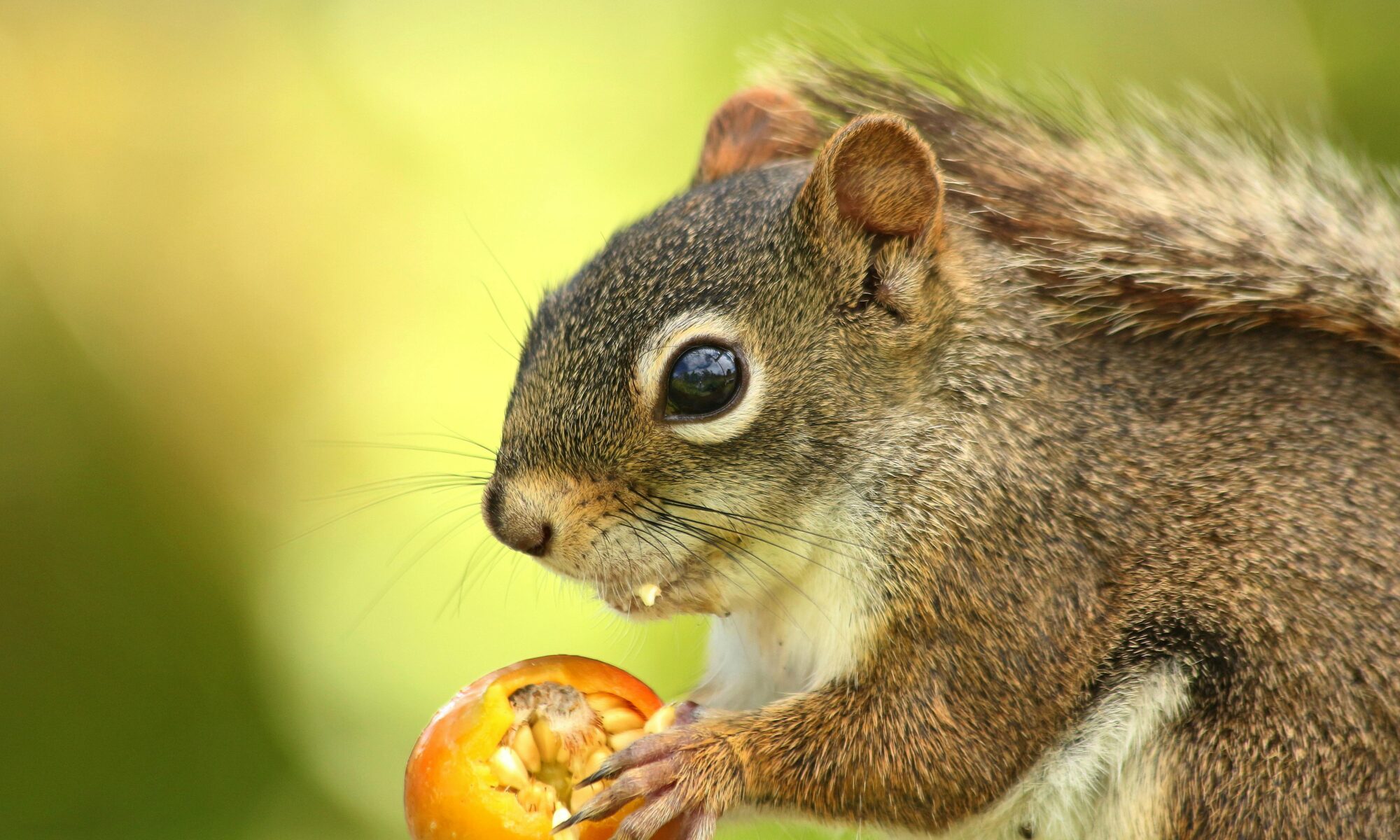
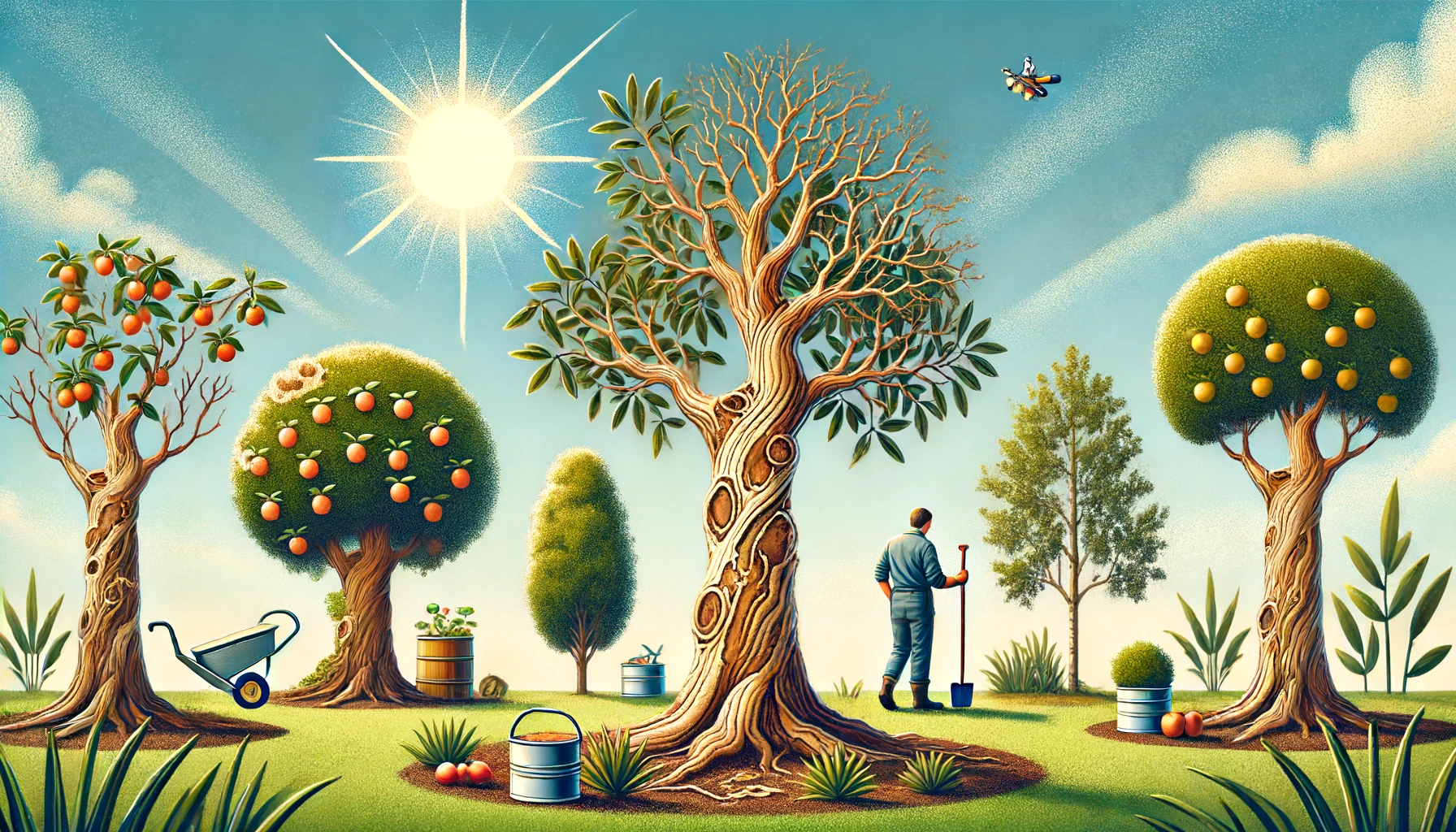
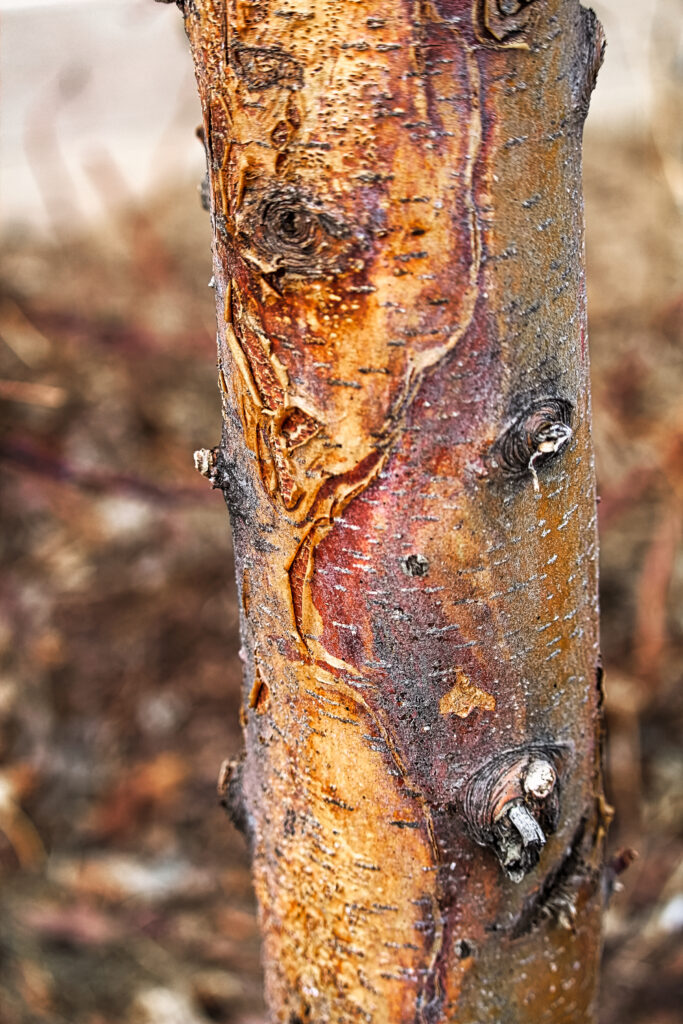 to watch out for. Let’s look at the visual clues:
to watch out for. Let’s look at the visual clues: